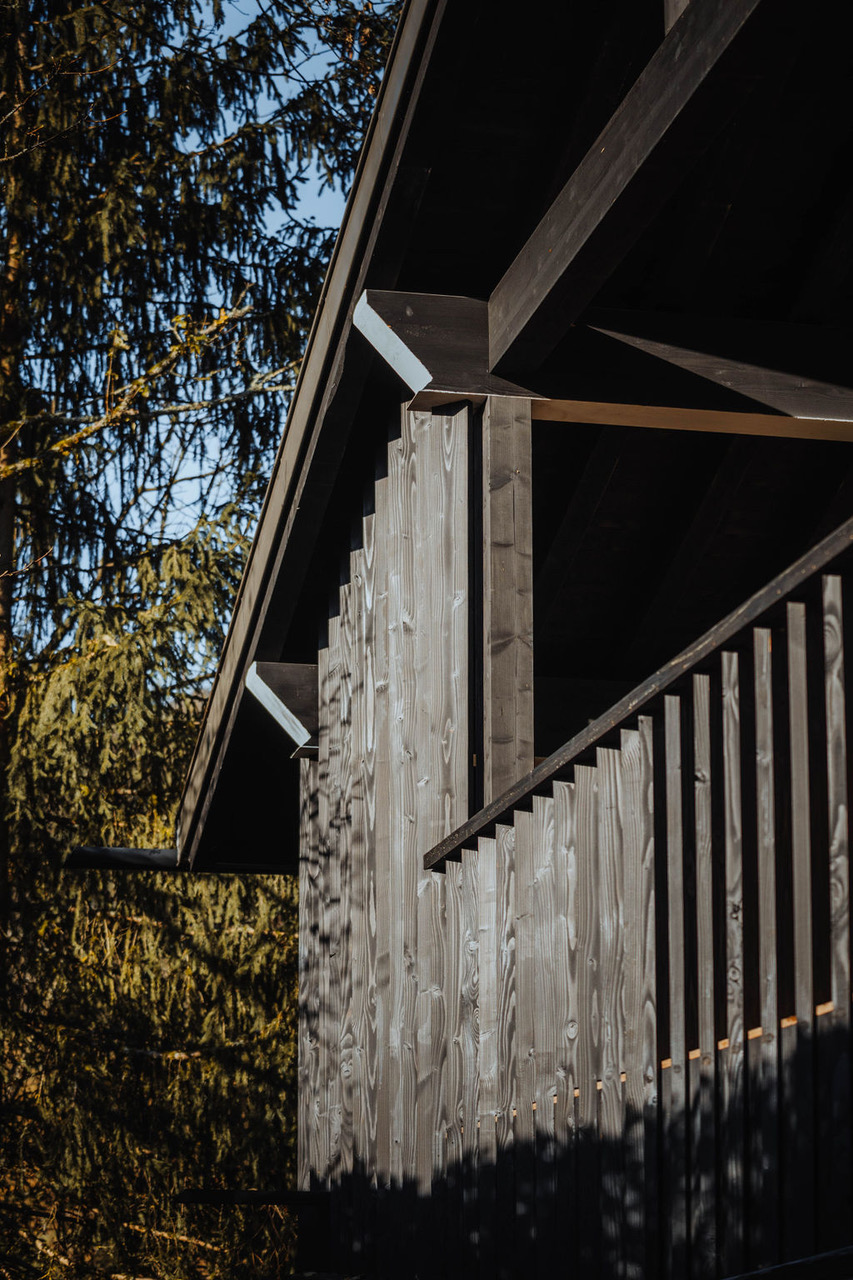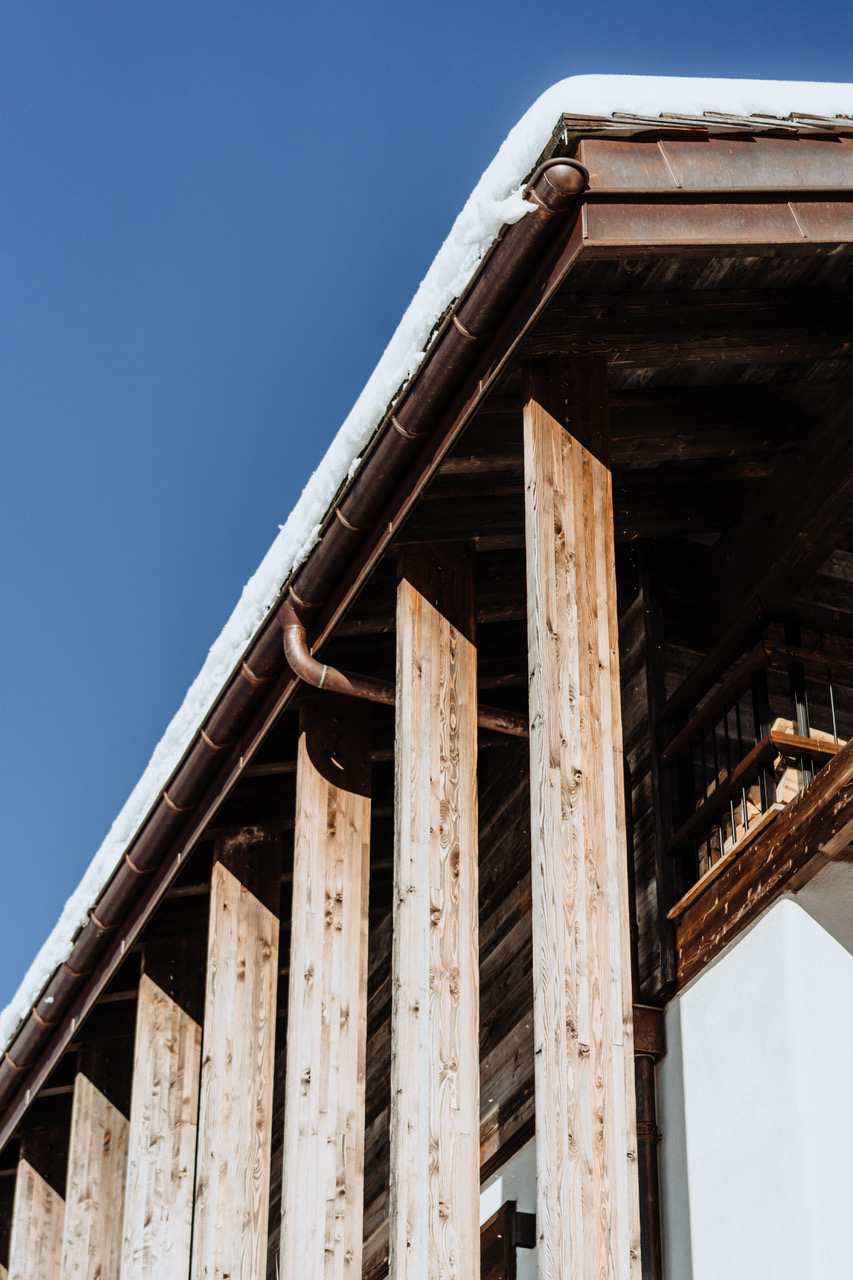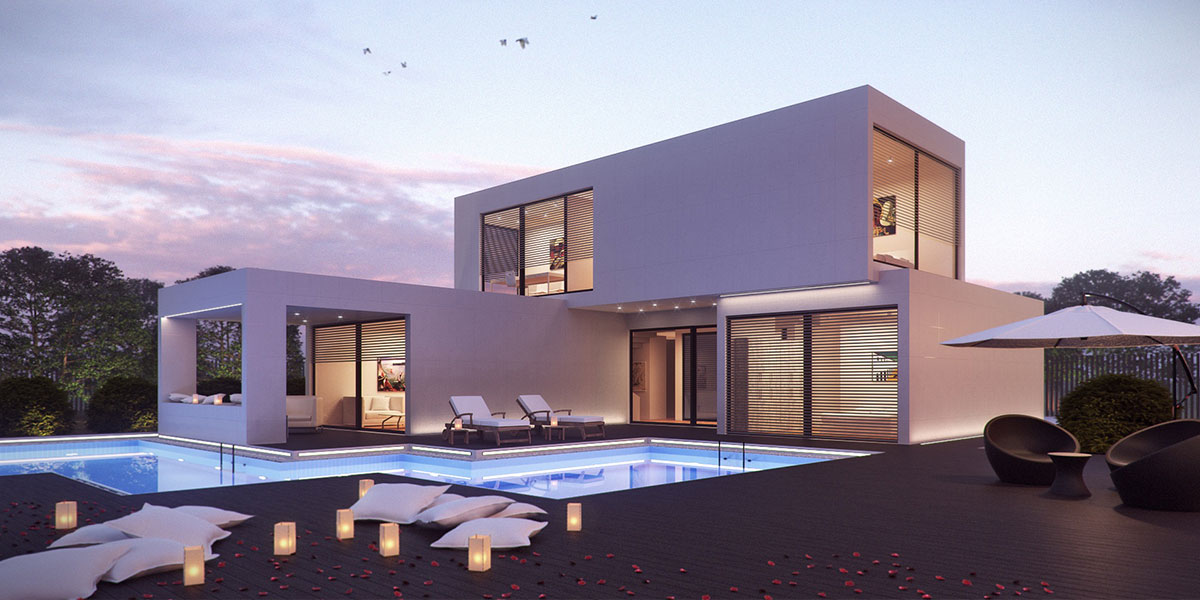Villa organicum

Description du projet
Le projet porte sur l’extension d’une maison de ville. Il s’agissait historiquement de parcelles maraîchères constituées en frange. On peut observer que la maison est déjà présente sur un cliché aérien de 1945. La maison est implantée le long de la rue dans l’espace « urbanisé » de la bande, le reste est un jardin en bande délimité au Nord-Est par une petite remise. Au centre da la bande « jardin », se trouve une petite marre. Le terrain est délimité de part et d’autre par des murets et grillages non uniformes et pour certains, en mauvais état. La bande « jardin » est composée de plantations d’arbustes, graminées et autres plantes à fleurs. La maison, elle, semble dater des années 1930. Elle est étroite et se déploie sur 3 niveaux. L’accès à la maison se fait depuis la rue. Sa surface actuelle est de 104 m2.
Le projet vise à la création d’une extension sur la partie jardin. Cet agrandissement vient en prolongement de la maison actuelle. Son écriture architecturale se veut volontairement en rupture de la maison. Ici, il s’agit « d’édifier le jardin ». En effet, comme décrit précédemment, la composition du site est la suivante : une bande avec une partie urbaine accolée à la voirie et une partie diffuse en jardin.
L’extension devient l’articulation qui rythme la parcelle entre « urbain » et « jardin » faisant fit de leur dichotomie. L’extension vient s’ouvrir sur le jardin et en toiture par une verrière à la façon d’un serre maraîchère. Les façades Nord-Ouest et Est sont ordonnées par le système constructif (ossature bois) et une ligne courbe devenant « la forme forte » qui caractérise le projet. Cette « forme forte » s’inspire des éléments organiques, courbe végétale, courbe d’une branche, mouvant ondulé des plantes.
The project involves extending a townhouse. Historically, these weremarket garden plots on the outskirts of the town. The house can beseen in an aerial photograph from 1945. The house is located along thestreet in the ‘urbanised’ part of the strip, with the rest being a strip ofgarden bordered to the north-east by a small shed. In the centre of the‘garden’ strip is a small pond. The land is bordered on both sides bylow walls and fences, some of which are in poor condition. The ‘garden’strip is planted with shrubs, grasses and other flowering plants. Thehouse itself appears to date from the 1930s. It is narrow and spreadover three levels. Access to the house is from the street. Its currentsurface area is 104 m2.
The project aims to create an extension on the garden side. Thisextension will be an extension of the existing house. Its architecturalstyle is deliberately designed to contrast with the house. The aim hereis to ‘build the garden’. As described above, the site is composed of astrip with an urban part adjacent to the road and a diffuse garden area.
The extension becomes the link that connects the ‘urban’ and ‘garden’areas of the plot, overcoming their dichotomy. The extension opensonto the garden and is covered by a glass roof in the style of agreenhouse. The north-west and east façades are organised by theconstruction system (wood frame) and a curved line that becomes the‘strong form’ that characterises the project. This ‘strong form’ is inspiredby organic elements, the curves of plants, the curve of a branch, andthe undulating movement of plants.





